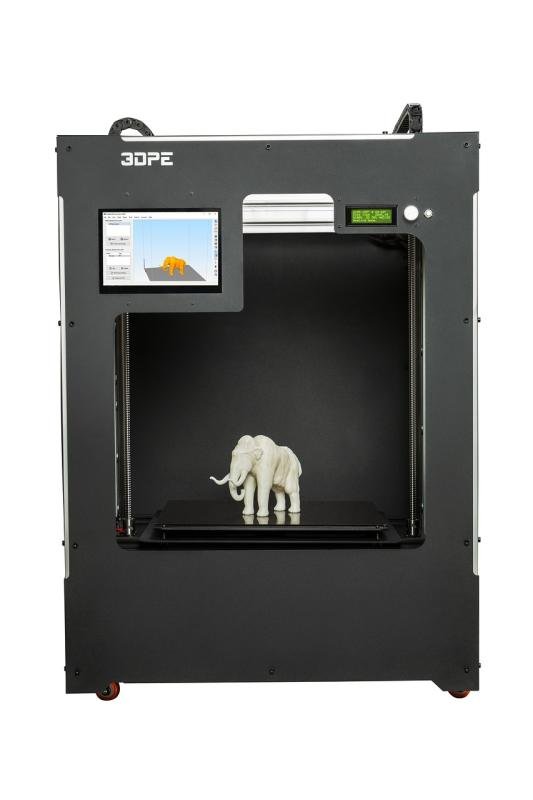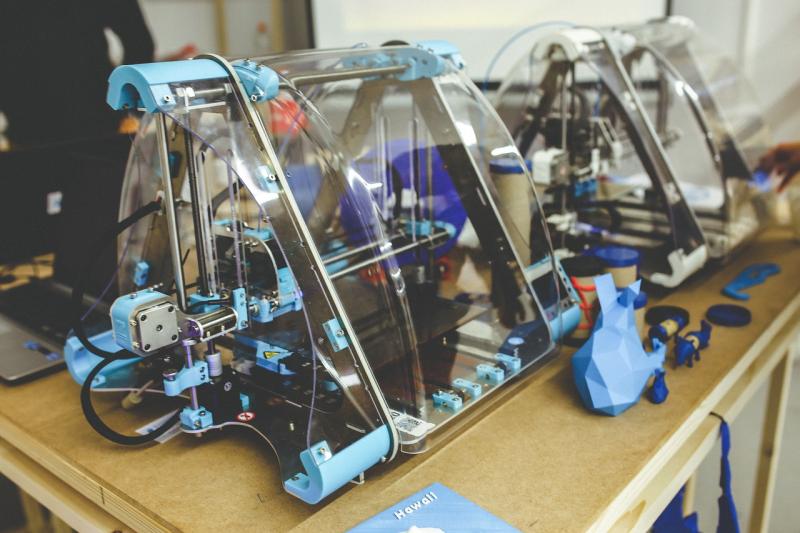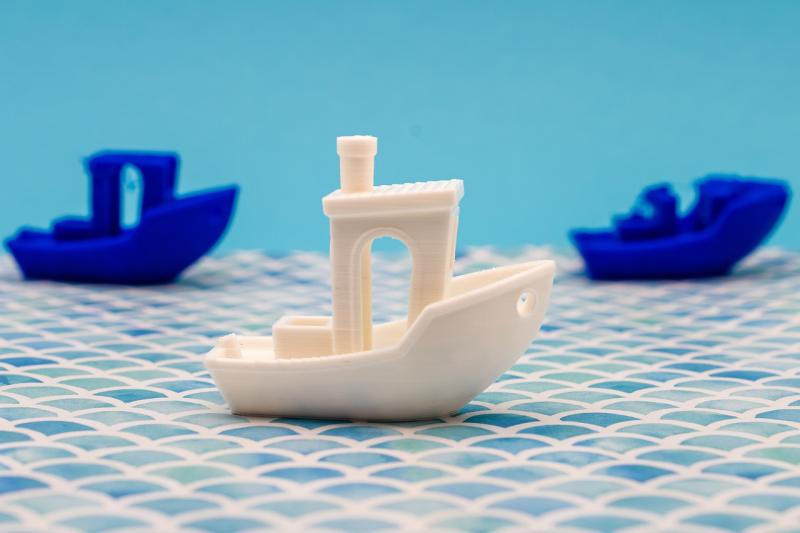3D printing technology has come a long way since its inception, revolutionizing various fields and industries. Initially, 3D printers were primarily used for prototyping purposes. Engineers and designers could quickly and cost-effectively create physical models of their designs, allowing for easier evaluation and iteration. These early 3D printers were large, expensive, and mostly limited to industrial use.
However, with advancements in technology and decreasing costs, 3D printers have become more accessible and versatile. They have transitioned from being mere prototyping tools to fully functioning production machines. This evolution has led to the widespread adoption of 3D printing technology in industries such as aerospace, automotive, healthcare, and even consumer goods.
Modern 3D printers are capable of producing complex and intricate objects with a wide range of materials, including plastics, metals, ceramics, and even bioinks for medical applications. They utilize various techniques such as fused deposition modeling (FDM), stereolithography (SLA), selective laser sintering (SLS), and digital light processing (DLP). These technologies allow for precise control over the printing process, resulting in high-quality production parts.
Unleashing Creativity: Exploring the Endless Possibilities of 3D Printing
3D printing technology has revolutionized various industries and opened up a world of endless possibilities for creators and innovators. With the ability to physically manifest ideas and designs into tangible objects, 3D printers have unleashed a wave of creativity and exploration like never before.
One captivating aspect of 3D printing is its ability to turn complex concepts and designs into reality. Whether it's a product prototype, architectural model, or intricate piece of artwork, 3D printers provide the means to convert imagination into something concrete. This accessibility has bridged the gap between ideas and execution, fueling innovation and pushing boundaries across a wide range of fields.
Moreover, 3D printing encourages experimentation and risk-taking. With the ability to create custom designs and iterate rapidly, artists, designers, and engineers can push the boundaries of traditional manufacturing methods. This freedom allows them to explore uncharted territories, create unique shapes and structures, and even combine materials that were previously incompatible. The versatility of 3D printing empowers creators to think outside the box and explore new realms of artistic expression.
Furthermore, 3D printers have also democratized manufacturing and reduced barriers to entry for entrepreneurs and small businesses. With traditional manufacturing processes, the cost and complexity of production can be high, limiting the options available to new entrants. However, 3D printing eliminates these obstacles by providing a more affordable and flexible alternative. This technology enables individuals and small companies to bring their ideas to life, making it possible for innovative and niche products to thrive in the market.
Changing the Game: 3D Printing Revolutionizes Various Industries
Over the past decade, the rise of 3D printing technology has transformed various industries, opening up endless possibilities for innovation and customization. From manufacturing to healthcare to fashion, 3D printers have become powerful tools that are reshaping the way products are created and delivered.
One area that has been significantly impacted by 3D printing is manufacturing. Traditionally, mass production involved lengthy and expensive processes. However, with the introduction of 3D printers, companies can now quickly prototype and produce complex parts on-demand. This technology allows for greater flexibility in production as well as cost savings, making it a game-changer for manufacturers worldwide.
In the healthcare sector, 3D printing has revolutionized the way medical devices and prosthetics are made. By using patient-specific data, 3D printers can create customized implants and prosthetics tailored precisely to an individual's needs. This level of personalization not only improves patient outcomes but also reduces costs and production time. Furthermore, 3D printing has the potential to revolutionize organ transplantation by enabling the creation of artificial organs, reducing the dependence on donor organs.
Another industry that has embraced 3D printing is fashion. Designers and manufacturers are now using this technology to create unique and customizable clothing, shoes, and accessories. With the ability to print intricate and complex designs, 3D printing offers endless design possibilities, challenging the traditional manufacturing processes. Additionally, this technology reduces waste by enabling production on-demand, which aligns with the growing trend towards sustainable and ethical fashion.
Choosing the Right 3D Printer: A Buyer's Guide
When entering the world of 3D printing, it is essential to choose the right printer for your needs. With numerous options available in the market, it can be overwhelming to determine which one is the best fit for you. This buyer's guide aims to simplify the process and help you make an informed decision.
Firstly, consider the printer's intended use. Are you a professional looking for a high-quality machine that can produce intricate designs? Or are you a hobbyist seeking a more affordable and user-friendly option? Understanding your requirements will narrow down the choices significantly.
Another crucial factor is the printer's printing technology. There are various types, including Fused Deposition Modeling (FDM), Stereolithography (SLA), and Selective Laser Sintering (SLS). FDM printers are the most common and affordable, suitable for beginners, while SLA and SLS printers offer higher precision but come with a higher price tag.
Additionally, pay attention to the printer's build volume, which determines the size of objects it can produce. If you plan on printing larger items, you'll need a printer with a larger build volume. However, keep in mind that larger build volumes often mean higher costs and may not be necessary if you primarily print smaller objects.
Moreover, consider the printer's printing materials compatibility. Some printers can only work with specific types of materials, such as ABS or PLA filaments, while others offer more versatility, allowing you to experiment with a broader range of materials. Ensure that the printer you choose supports the materials you intend to use.


